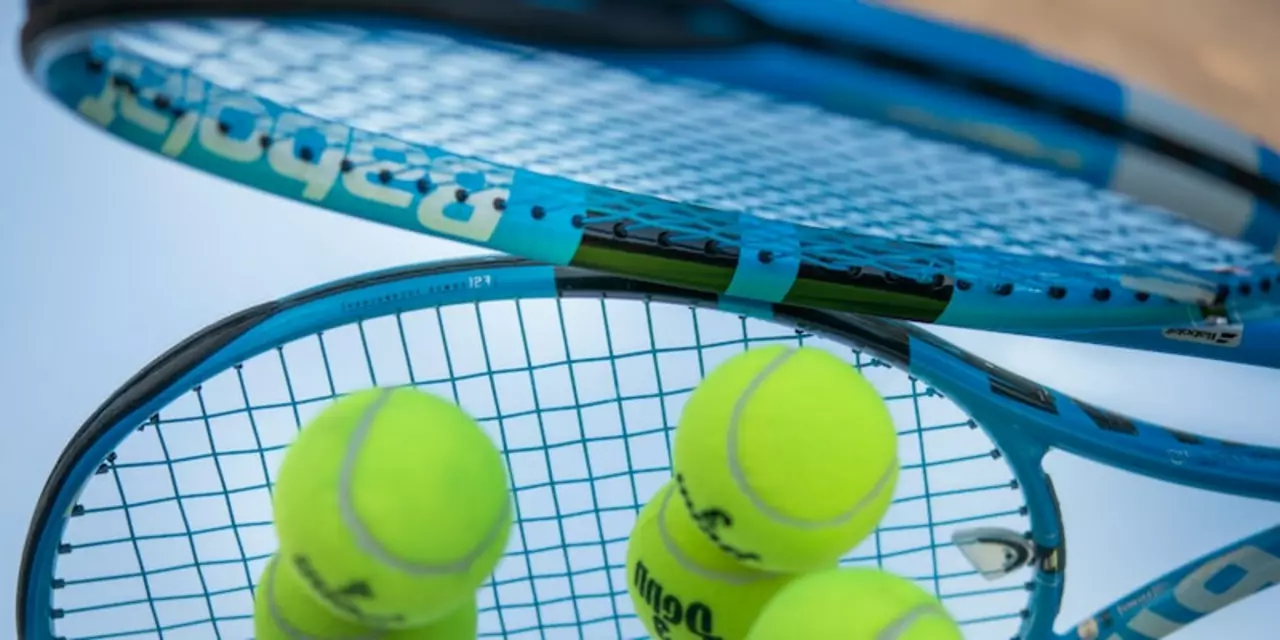Roger Federer: Why His Name Shapes the Best Tennis Rackets
If you’ve ever watched a match and heard the crowd chant “Federer!” you know his impact goes beyond trophies. At Colchester Table Tennis Club we see his influence in the rackets players choose for both recreation and competition. When a racket carries his name, it’s not just a marketing gimmick – it’s a set of design choices that aim to give you more control, power, and confidence on the table.
Federer’s Signature Racket Explained
The most talked‑about model is the Wilson Pro Staff RF97. Built for precision, it features a 97‑square‑inch head, a classic 18‑mm beam, and a tightly strung 16×19 pattern. Those specs help you hit flat, accurate shots, just like Federer’s signature forehand. The racket’s frame uses braided graphite and a touch of Kevlar, which keeps vibrations low and stability high. In plain terms, you feel less sting on off‑center hits and get a steadier swing.
Choosing a Federer‑Inspired Racket for Club Players
Not every player needs a $300 pro model. If you’re just starting out, a mid‑price rack with similar specifications works fine. Look for a racket with a 98‑square‑inch head, a 16×19 string pattern, and a weight around 300 g. These numbers mimic the feel of the RF97 without breaking the bank. Pair the racket with a 20‑gauge string for a good mix of spin and power – something most club members find comfortable.
When you shop, ask about the balance point. Federer‑style rackets are usually “even‑balance” or slightly head‑light, meaning the weight sits near the handle. That helps you maneuver quickly during fast rallies. Try a few in the club’s practice room. A good racket will feel solid, not wobble, and you’ll notice smoother transitions from defensive blocks to attacking shots.
Maintenance matters too. Keep the strings tight (around 25 kg tension) and replace them every 6–9 months if you play often. A fresh string set restores the racket’s original feel and prevents lost power. Also, store the racket in a cool, dry place – extreme heat can warp the frame, and humidity damages the grip.
So, whether you’re aiming to emulate Federer’s smooth style or just want a reliable tool for weekly matches, the key is matching the racket’s specs to your skill level. The RF97 sets the benchmark, but many affordable options copy its geometry and give you similar performance. Try a few, feel the difference, and pick the one that lets you play your best game at Colchester Table Tennis Club.

Why doesn't roger federer use a string dampener?
Tennis prodigy Roger Federer is renowned for his incredible skill and technique. But why doesn't he use a string dampener, which is a popular tool among tennis players that reduces the vibration of the strings? The answer may lie in the fact that Federer believes the dampener reduces the feel of the ball and can negatively affect his performance. Furthermore, he believes that the dampener's mass can also add too much weight to the racquet and negatively influence his swing. Therefore, Federer opts out of using a string dampener, so as to keep his racquet as light and responsive as possible. His skill and precision make it possible for him to achieve incredible results without the use of a dampener.
View More
Is Roger Federer playing the best tennis of his career right now?
Roger Federer is widely regarded as one of the greatest tennis players of all time. Recently, many have been debating whether Federer is playing the best tennis of his career right now. After his victory at the Australian Open, Federer has shown remarkable form and determination, winning a record 18th grand slam. His performance over the past few years has been impressive, considering his age and recent injuries. His backhand and serve remain among the best in the game, and his mental toughness and court awareness are unparalleled. Ultimately, it is up to the viewers to decide if Federer is playing the best tennis of his career right now.
View More
